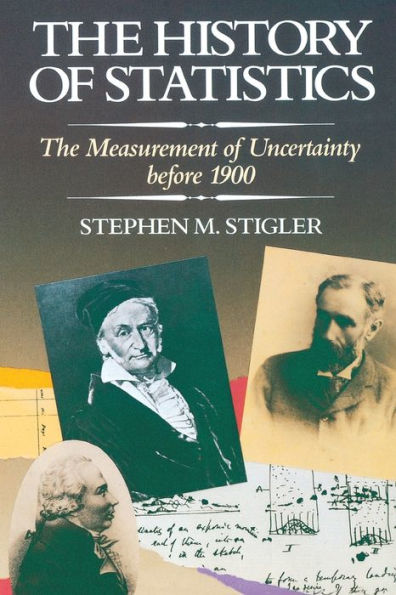5
1
9780674403413



The History of Statistics: The Measurement of Uncertainty before 1900 available in Paperback, eBook

The History of Statistics: The Measurement of Uncertainty before 1900
- ISBN-10:
- 067440341X
- ISBN-13:
- 9780674403413
- Pub. Date:
- 03/01/1990
- Publisher:
- Harvard University Press
- ISBN-10:
- 067440341X
- ISBN-13:
- 9780674403413
- Pub. Date:
- 03/01/1990
- Publisher:
- Harvard University Press

The History of Statistics: The Measurement of Uncertainty before 1900
$42.0
42.0
In Stock

Product Details
| ISBN-13: | 9780674403413 |
|---|---|
| Publisher: | Harvard University Press |
| Publication date: | 03/01/1990 |
| Series: | Belknap Series |
| Edition description: | Reprint |
| Pages: | 432 |
| Product dimensions: | 6.12(w) x 9.25(h) x 1.05(d) |
About the Author
What People are Saying About This
From the B&N Reads Blog
